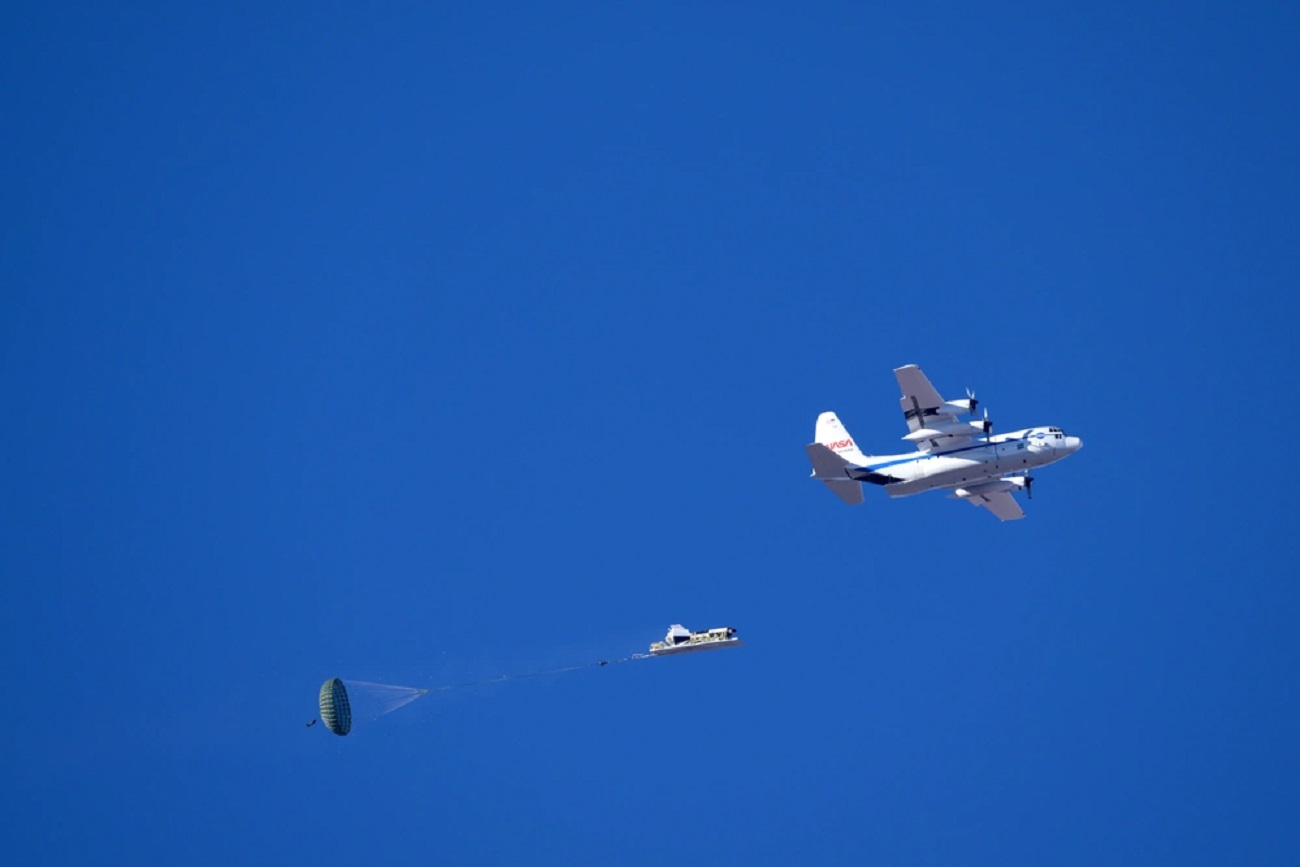After more than 25 years in orbit 250 miles above the Earth, some may see the operations of the International Space Station (ISS) as routine. Nearly 300 astronauts from 21 different nations have been aboard ISS, and all have returned safely from their tours of duty in low Earth orbit (LEO). To survive their trip back to Earth, astronauts rely on their space capsule safely and reliably decelerating from nearly 18,000 miles per hour in orbit to 350 miles per hour re-entering Earth’s atmosphere to speeds slower than most people drive automobiles on residential streets before touching ground. Boeing’s Starliner is the second commercially developed and operated spacecraft intended to ferry humans and cargo to and from the ISS along with SpaceX’s Dragon. The reusable Starliner capsule is designed for up to 10 uses and can be fully reset for another journey within months of its return to Earth. After a small modification to the main parachute’s soft links, which connect the suspension lines to the riser extensions, engineers set out to prove the system in a real-world test on a remote drop zone at U.S. Army Yuma Proving Ground (YPG).
“This was the last of a long series of tests that we’ve been running for the Starliner spacecraft. We needed to verify a couple of changes we made to the main parachutes to clear the way for the upcoming crewed flight test later this year. We were only gathering data on the mains because that is the only place we’ve made changes. The entire rest of the Starliner system has been qualified. The system is designed so it can operate with only one drogue or two mains and still meet all its requirement. They can tolerate a drogue or a main parachute failure. We were trying to run a stressing test which is much, much easier to get on a dart because the dart will fall a little faster than a capsule will. For the test objective, the dart was the right vehicle and dropping it from a C130 was the right test technique,” said James McMichael, senior technical integration manager with NASA’s Commercial Crew Program.
“We’ve been supporting this testing for a long time. They always seem to appreciate all of the support we provide them. We are the only place in the United States they can get all of the support they need for this type of testing. They were extremely happy with our support,” said Mullins of the NASA personnel. It is always interesting and complicated when they come out to test,” said Steven Mullins, a team lead in YPG’s Air Delivery Branch.

The first Starliner-related test at YPG took place in 2018, and YPG has supported NASA-related testing since the earliest days of the space program. The precursor to the lunar rover used during the last moon landings in 1971 and 1972, dubbed the ‘mobility test article,’ was tested at the proving ground in 1966. Astronaut Neil Armstrong, the first human to walk on the surface of the moon, visited YPG to witness developmental testing of the AH-56 Cheyenne Attack Helicopter in 1971. More recently, the Capsule Parachute Assembly System (CPAS) of NASA’s Orion spacecraft underwent extensive developmental testing here in the previous decade. Drop testing of the Starliner’s updated main parachutes took place on a cool, crisp morning in the second week of January. The Starliner’s parachute system consists of two forward heat shield parachutes, two drogue parachutes and three pilot mortar deployed main canopies, but for the test only two of the main parachutes were deployed. Dozens of personnel were present on the isolated drop zone where the dart was dropped. Miles away, however, other personnel were directing all conditions of the test from a mission control center. The personnel in the control room have multiple views of the test item from ground and aerial-based cameras flown on chase aircraft, on this day a pair of Blackhawk helicopters.
They can communicate with the ground and air crews, and see air traffic from other tests on monitors. Evaluators used a test dart as opposed to the actual Starliner capsule. The dart was dropped from a NASA C-130 cargo plane flying at an altitude of 13,000 feet at 145 knots air speed. The dart was extracted from the cargo bay on a pallet, then separated from the pallet and slowed by two drogue parachutes used as programmers, followed by two of the Starliner main parachutes deploying. The two 104-foot diameter main parachutes with Kevlar risers attached to it slowed the hurtling dart down to a landing speed of less than 24 miles per hour. Once landed, YPG and NASA personnel fanned out across the drop zone to carefully recover the deployed parachutes. As the packed parachutes made the journey back to the Air Delivery Complex, where they were suspended from a high shakeout tower and inspected, workers from YPG’s motor pool used a large crane to lift the massive test dart onto a lowboy trailer for transport back to NASA’s leased hangar at Yuma International Airport.
















